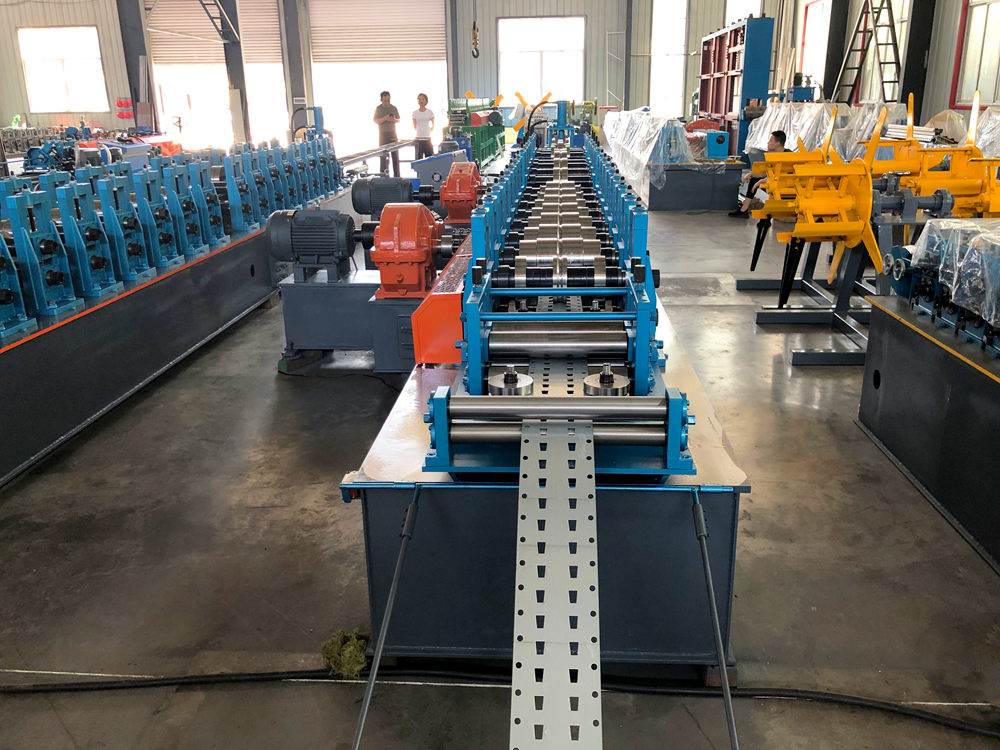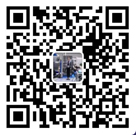The Corrugated Sheet Roof Roll Forming Line An Overview
In the ever-evolving construction industry, the demand for durable and efficient roofing solutions has seen a significant increase. Corrugated sheet roofing has emerged as a popular choice for both residential and industrial applications due to its lightweight, durability, and cost-effectiveness. To meet this growing demand, the corrugated sheet roof roll forming line has gained prominence as a vital production system. This article dives into the essential components, working principles, benefits, and future trends of this innovative technology.
What is a Corrugated Sheet Roof Roll Forming Line?
A corrugated sheet roof roll forming line is an industrial manufacturing setup designed to produce corrugated steel sheets, which are widely used for roofing and siding in various structures. The process involves shaping a flat metal coil into a desired profile through a series of rollers. This method allows manufacturers to achieve consistent quality and precise dimensions, making corrugated sheets a reliable choice for construction projects.
Key Components of the Roll Forming Line
1. Uncoiler The uncoiler is an essential part of the system that unwinds the metal coils. It ensures a steady supply of raw material to the subsequent forming processes.
2. Roll Forming Machine This is the heart of the production line. It consists of multiple rollers arranged in a specific sequence. As the metal coil passes through these rollers, it is progressively shaped into a corrugated profile. The design of the rollers is crucial, as it determines the final shape and thickness of the roofing sheets.
3. Cutting System Once the desired length is achieved, the cutting system slices the formed sheet to size. This can be done in two primary ways manual or automatic cutting. The automatic cutting system is more efficient and ensures precise dimensions.
4. Stacking System After cutting, the corrugated sheets are stacked neatly for easy handling and transportation. Some advanced systems feature automatic stacking functions, enhancing efficiency.
5. Control System Modern roll forming lines are equipped with sophisticated control systems that allow operators to monitor and adjust various parameters in real-time. This ensures optimal performance and minimizes waste.
corrugated sheet roof roll forming line
Benefits of Corrugated Roof Sheets
1. Durability Corrugated sheets are made from high-strength materials like galvanized steel, which can withstand harsh weather conditions, including rain, snow, and high winds.
2. Cost-Effective The production process is efficient, which reduces labor and material costs. Additionally, the longevity of these roofing sheets means less frequent replacements.
3. Aesthetic Appeal Available in various colors and designs, corrugated sheets can enhance the visual appeal of any building, making them a popular choice among architects and builders.
4. Easy Installation Lightweight and easy to handle, corrugated roofing sheets can be installed quickly, reducing labor costs and project timelines.
Future Trends in Corrugated Roof Roll Forming
As technology continues to advance, the corrugated sheet roof roll forming line is expected to evolve further. Innovations in automation, AI, and machine learning will likely lead to improvements in production speed and quality control. Additionally, sustainability is becoming a crucial aspect of manufacturing; therefore, the industry is moving towards eco-friendly materials and practices.
Moreover, the integration of IoT (Internet of Things) into roll forming systems will allow for enhanced monitoring and maintenance, reducing downtime and optimizing productivity. As the global construction sector grows, particularly in developing regions, there will be an increasing need for efficient and reliable roofing solutions, positioning the corrugated sheet roof roll forming line as a vital contributor to this demand.
Conclusion
The corrugated sheet roof roll forming line is an essential technological advancement in the manufacturing of roofing solutions. Its efficiency, cost-effectiveness, and adaptability make it a preferred choice in construction sectors worldwide. As the industry continues to embrace innovation, these systems are poised to play a crucial role in meeting the future demands of the construction landscape.







